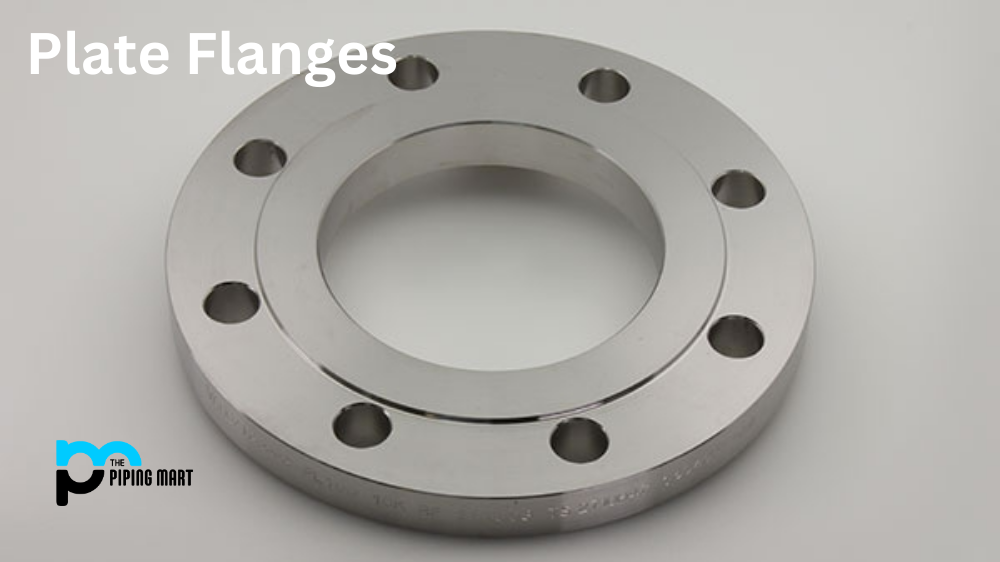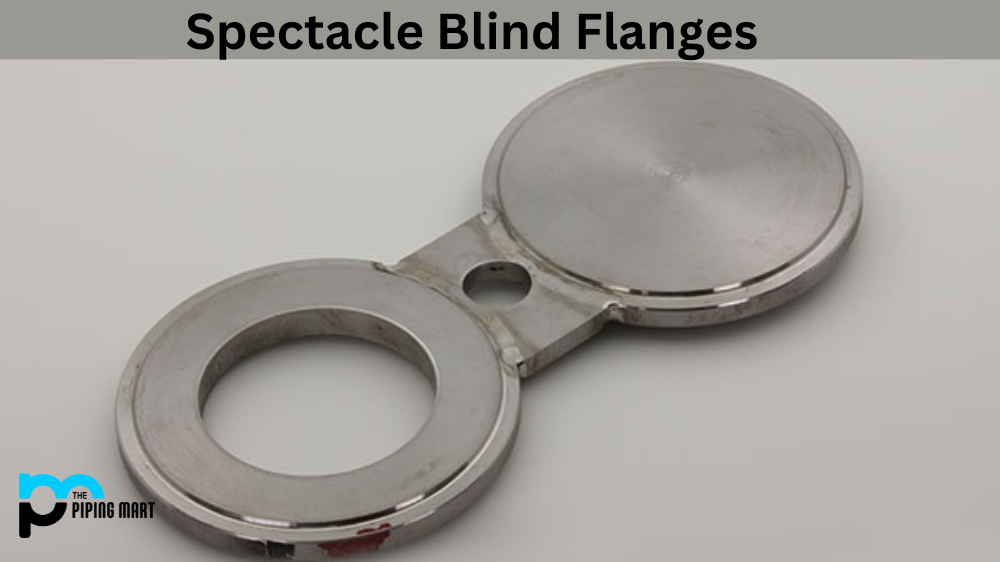Plate flanges are integral to piping systems, connecting pipes, valves, pumps, and other components in various industries. They are known for their ease of installation, high durability, and cost-effectiveness. But what are plate flanges, and what are their applications? In this comprehensive guide, we will explore the applications of plate flanges in piping systems, their types, and how to choose the right plate flange for your piping needs.
What are Plate Flanges?
Great question! Plate flanges are a type of pipe fitting used to connect pipes, valves, and other equipment in a piping system. They consist of a flat circular disk with evenly spaced holes for bolts to secure them in place.
These flanges are typically made from carbon or stainless steel and come in various sizes and pressure ratings. The number 40 or 50 refers to the thickness of the plate, which is measured in millimeters. This thickness determines the maximum pressure the flange can withstand before it matures.
Plate flanges are known for their versatility and ease of installation, making them popular in industries such as oil and gas, chemical processing, and water treatment plants. They offer a sturdy connection between pipes, allowing for easy disassembly.
One key advantage of plate flanges is their ability to distribute stress evenly across the surface area, reducing strain on any one point and preventing leaks or breaks. They also provide excellent corrosion resistance due to their high-quality material construction.
In addition to these practical benefits, plate flanges have an aesthetically pleasing look that adds a professional touch to any piping system.
Understanding Plate Flanges
A plate flange is a flat, circular piece of metal with evenly spaced holes drilled around its circumference. It is designed to connect pipes or other components in a piping system by bolting them together. Plate flanges are available in various sizes, thicknesses, and materials to fit various piping requirements. They can be made of carbon steel, stainless steel, alloy steel, and other materials.
Types of Plate Flanges
There are several types of plate flanges available in the market. Some of the most commonly used plate flanges include slip-on plate flanges, weld-neck plate flanges, threaded plate flanges, lap joint plate flanges, and blind plate flanges. Each type has its application, and the appropriate type should be selected based on the specifics of the piping system.
Applications of Plate Flanges
Plate flanges are used extensively in various industries, including oil and gas, petrochemicals, water treatment, chemicals, and pharmaceuticals. In piping systems, they are used for connecting pipes, valves, and pumps. They are also used for connecting different sections of pipelines, such as long-distance oil and gas pipelines. Plate flanges are also used to connect pipes and vessels, such as heat exchangers and boilers.
How to Choose the Right Plate Flange
Choosing the appropriate plate flange for your piping needs ensures that the system functions effectively. When selecting the right plate flange, consider the type of piping system, the service pressure, the service temperature, and the type of fluid being transported. Additionally, it is crucial to consider the size of the flange, the number of bolts required, and the pitch circle diameter. Consulting with a qualified piping engineer can help you select the appropriate plate flange for your application.
Benefits of Plate Flanges
Plate flanges offer several benefits in piping systems. They are easy to install and disassemble, reducing the time required for maintenance. Their flat surface provides a good seal, preventing leakage and ensuring the safe transportation of fluids. Plate flanges also offer a high degree of flexibility, allowing for easy modification of the piping system.
Conclusion:
In conclusion, plate flanges are an essential component of piping systems, playing a vital role in connecting pipes, valves, pumps, and other components in various industries. Understanding the different types of plate flanges and their applications is essential to ensure the effective functioning of the piping system. When selecting a plate flange, it is crucial to consider the piping system’s specific requirements, including the flange type, the flange size, and the number of bolts required. With the right plate flange in place, you can be assured of reliable, safe transport of fluids in your piping system.
Sakshee is a talented blogger, with a particular focus on the Business and Metal Industry. She is passionate about sharing her insights on various metal products and helping professionals to make a better decisions.




